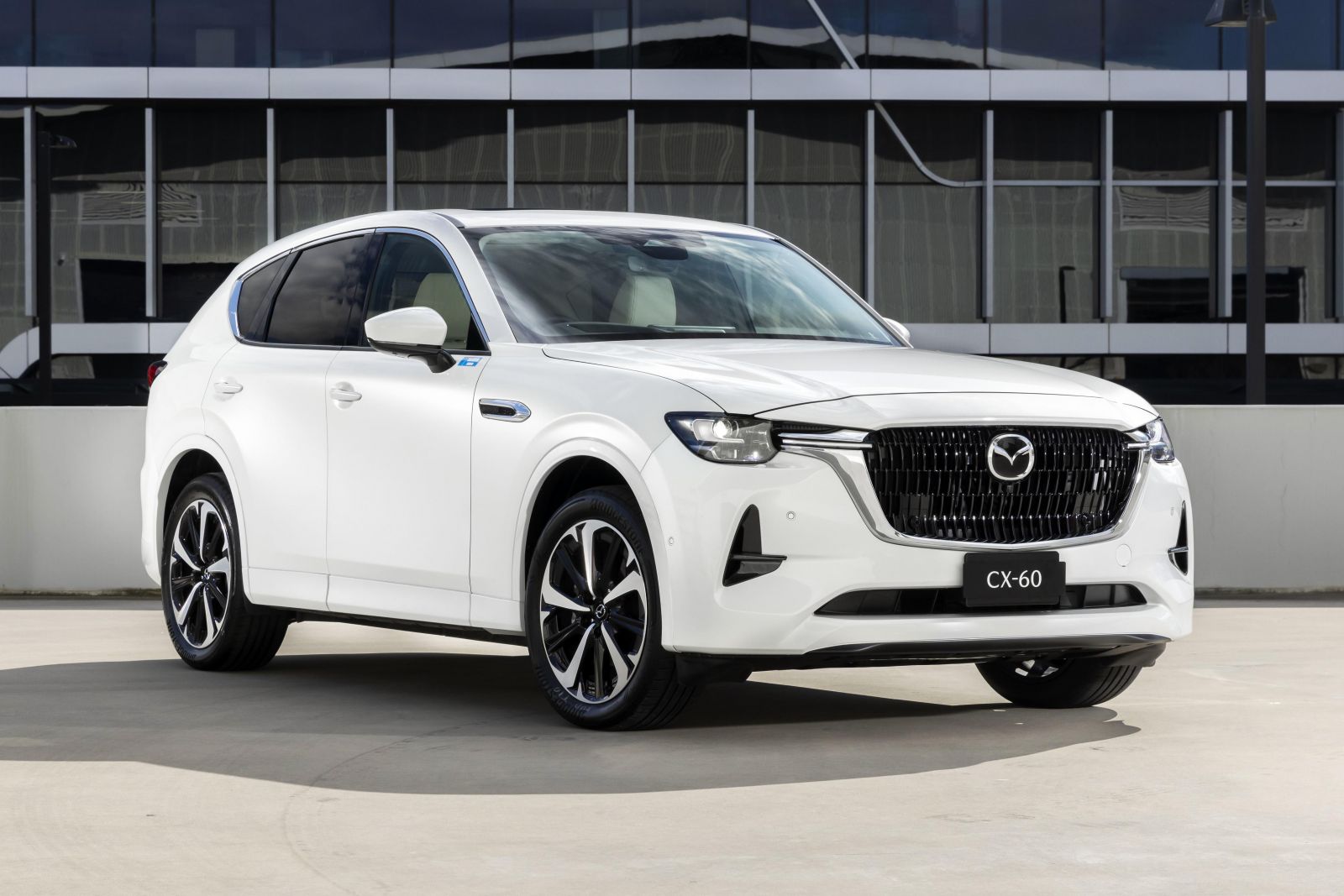Masahiro Moro will become the next CEO of Mazda, taking over in June from Akira Marumoto, who will stay on as a senior advisor to the firm.
The new CEO says he will focus on rolling out the brand’s new large crossovers, and reducing cost throughout the firm. He will also need to deal with the sector’s rapid transition to electric vehicles.
At present, Mazda’s only EV is the quirky, relatively short-range MX-30. In November, the company announced a ¥1.5 trillion ($16 billion) plan to develop a new EV architecture that will begin yielding vehicles from 2025, as well as speed up the launch of hybrid vehicles.
Moro joined Mazda in March 1983 seemingly straight out of university. His first senior management position, gained in 2002, was general manager of the company’s global marketing division.
He then moved to the Continent in 2004 to be the company’s European chief. Four years later he returned to Japan the join the company’s board, and become head of global marketing. He added responsibility for global sale coordination, and customer service in 2013.
In 2016 he became the head of Mazda’s North American operations. Then in 2021 Moro moved back home to oversee the company’s communications, corporate liaison, and sustainability departments.
Marumoto, the outgoing CEO, told the press Moro was partially chosen for bringing Mazda’s North American arm back to profit.
Indeed, Moro stated at the press conference to confirm the transition that he has two main short term objectives: “One is to successfully roll out large products, which will be a major growth driver for putting the company on a growth trajectory.
“The second is to implement company-wide cost reduction activities, including all supply chains and value chains, in order to further improve management efficiency going forward, so as to make our overall business more robust.”
Mazda is in the midst of rolling out four crossovers based on a new rear- and all-wheel drive architecture that supports mild and plug-in hybrid drivetrains.
The smaller CX-60 and CX-80 models are aimed at Europe and Japan, while the larger CX-70 and CX-90 will push the brand into more expensive, and, it’s hoped, more profitable territory in the US.
Exports account for 86 per cent of Mazda’s sales, with North America accounting for 36 per cent of the total.
Mazda’s focus on the US is highlighted by the promotion of Jeffrey Guyton to the position of chief financial officer, “assistant to the president”, and a seat on the automaker’s board.
Guyton is currently the head of the company’s North American unit, a position he will retain.
Mazda is the second automaker in Toyota’s sphere of influence to change its leader. Subaru, which Toyota owns 20 per cent of, announced at the beginning of March that Atsushi Osaki will become its new CEO in June.
Toyota owns a smaller 5.0 per cent stake in Mazda.
These moves follow upheaval in Toyota’s management ranks. At the end of January, Akio Toyoda, grandson of the automaker’s founder, announced he will stand aside in April, and hand over the reigns to Koji Sato, currently the head of the Lexus and GR Sport divisions.
Osaki and Sato have been charged with speeding up their company’s transition to EVs.
If all goes according to plan, Moro will be approved by shareholders to replace Marumoto in June.
Marumoto joined Mazda back in 1980, and has worked primarily in product development and program planning.
Since joining the board of directors in 2010, Marumoto has looked after product strategy, cost control and brand enhancement.
He has overseen the company’s continued push upmarket with the latest Mazda 3, and into new technologies, such as the SkyActiv-X compression ignition petrol engine.
Under Marumoto’s leadership Mazda has also strengthened its partnership with Toyota, with the two companies jointly building a new factory in the US. In addition to this, Mazda has used Toyota’s hybrid systems in Japan.
Marumoto express skepticism about the global market’s appetite for EVs, stating in 2020 that pure electric vehicles would only make up around five per cent of its total sales by 2030, with partial electrification playing a larger role in driving down CO2 emissions.
He also stated that autonomous driving technology would end up being a complement or “co-pilot” for a human driver rather than a replacement.




